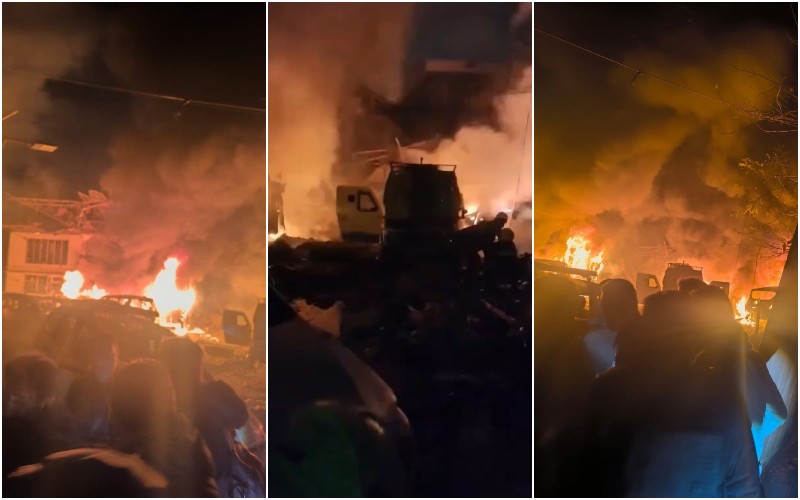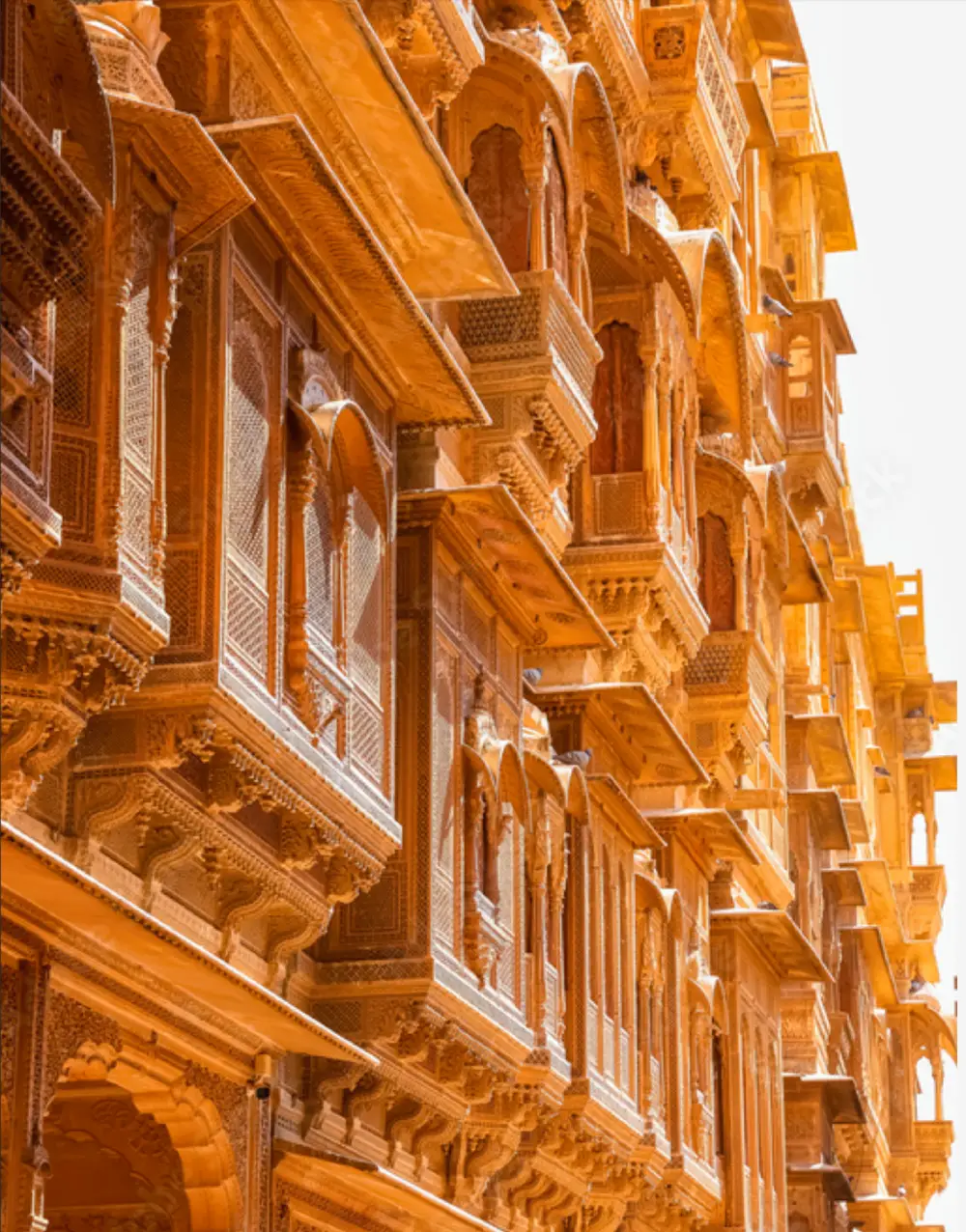
At least nine people died, and 29 others were injured after a high-intensity blast ripped through the Nowgam police station in Jammu and Kashmir’s Srinagar city on Friday.
An official told Greater Kashmir that the blast occurred when a confiscated explosive stored inside the police station explosive went off.
He said that the explosive – most probably ammonium nitrate – was recently brought in from Haryana’s Faridabad to Nowgam police station.
The explosives were seized during a raid conducted by Jammu and Kashmir and Faridabad police while busting a terror module.
“Most of the dead are policemen and FSL team members. A Naib Tehsildar and a local tailor is also among the dead, while 29 others are injured. Some of the injured are in a critical condition,” he said.
The official said the identification of the bodies is currently underway.
The official told the newspaper that the intensity of the blast was so high that some body parts of the victims were recovered from nearby houses, located around 100-200 meters away from the police station.
Police station that cracked terror poster case hit by tragedy
The Nowgam police station had recently been at the centre of a breakthrough case involving posters circulated by the Pakistan-backed terror outfit Jaish-e-Mohammed (JeM).
These posters, put up across the Nowgam area, threatened large-scale attacks on security forces and non-locals.
Investigations into these posters had exposed a radicalised network of highly qualified professionals and medical students, leading to the arrest of several individuals—now infamously referred to as “terror doctors.”
Among the first to be arrested was Dr Adeel Ahmad Rather, who was identified from CCTV footage placing the posters.
Rather, who previously worked at the Government Medical College in Anantnag and later moved to Saharanpur, Uttar Pradesh, was found storing an assault rifle in his college locker.
His arrest on October 27 opened the lid on a much larger, deeply embedded terror ecosystem.
Terror network spanned multiple states
Rather’s interrogation led police to Dr Muzammil Shakeel, associated with Al-Falah Medical College in Faridabad, Haryana.
A joint team of J&K and Haryana Police searched locations linked to Shakeel and recovered nearly 3,000 kilograms of Ammonium Nitrate, a key ingredient used in large-scale explosives.
Shakeel’s arrest resulted in yet another breakthrough—the detention of Dr Shaheen Saeed, also from the same medical college.
Authorities believe the group’s operations extended across several Indian states, connecting radicalised professionals with foreign handlers in Pakistan and beyond.
Link to Delhi Red Fort blast
Just hours after the arrest of Saeed, a powerful explosion tore through a Hyundai i20 car at a red light near Delhi’s historic Red Fort, killing 13 people and injuring over 20 others.
Investigators soon identified another doctor, Umar Nabi, as the driver of the vehicle.
Sources in the National Investigation Agency (NIA) revealed that Nabi may have panicked after the huge seizure of bomb-making chemicals in Haryana, triggering an attempt to flee or relocate.
Investigators believe the Improvised Explosive Device (IED) was improperly assembled—possibly due to the suspects’ panic—preventing it from causing even greater devastation.
Nowgam police station blast,Red Fort terror module explosives,Srinagar police station explosion,Nowgam blast deaths,J&K terror-related explosion,Kashmir security news,Red Fort terror case update,Jammu and Kashmir breaking news,Police station accidental blast


